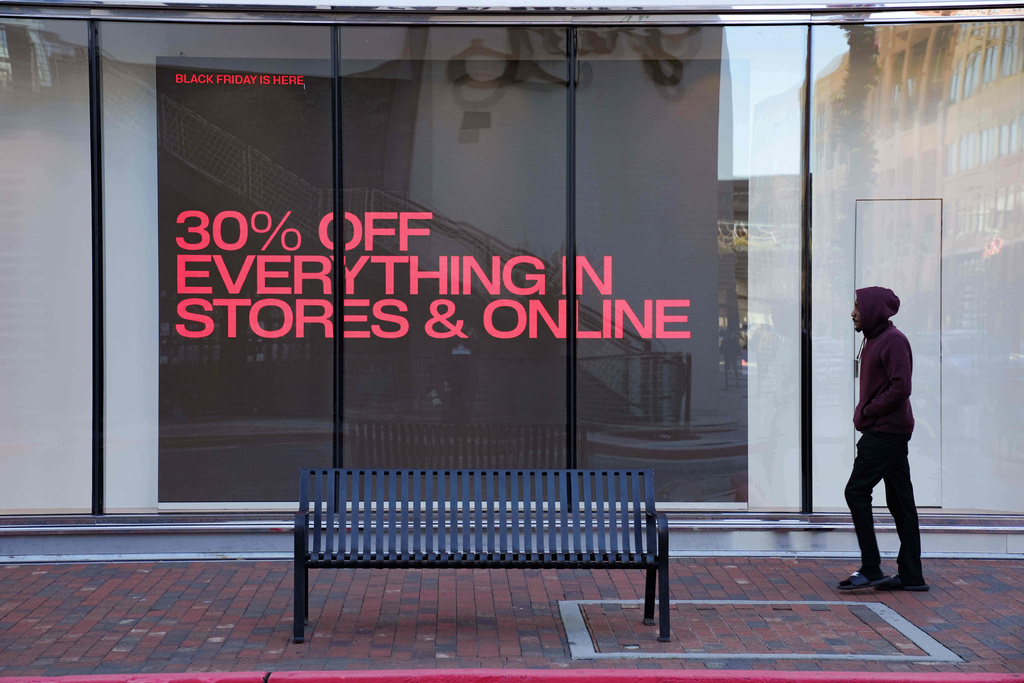According to Nielsen, adults spent an average of 72.5 billion minutes per week consuming news in 2016 — that's billion, with a "b."
Fox News, CNN and MSNBC viewership rose by 30 percent from 2015.
For digital news, 2016 was the best year on record, jumping a third in a year.
And simultaneously, as people get more news from more places, the public's ideologies continue to drift further apart.
A study by the Columbia Journalism Review found Breitbart became "the center of a distinct right-wing media ecosystem" that reinforced a right-wing worldview and, more importantly, shielded news that challenged that view in the months leading up to the 2016 election.
That limited perspective can lead to inaccurate and in some cases false information being shared and believed without challenges from the opposing side making it through.
During a talk at the University of Chicago, the editor-in-chief of BuzzFeed News, Ben Smith, blamed some of the polarization we see now in the digital news world on the cable news that came before it.
"That polarization is so deep, and it has been growing, has been building for a long time. I mean, I think that cable news obviously played a huge role. ... Fox and, to some degree, MSNBC over decades played a role. People hate and distrust the other side's media, which is a really problematic thing," Smith said.
And according to the Pew Research Center, that distrust is particularly prominent on the right. In one project, those labeled "consistent conservatives" said they distrust about two-thirds of the news outlets in the study compared to consistent liberals, who said they distrust only 22 percent of the news outlets.
"Consistent liberals" also tend to get information from a wider array of outlets; whereas, nearly half of "consistent conservatives" tune into Fox News.




 Social Media Deepens The Political Divide. Unfriending Makes It Worse
Social Media Deepens The Political Divide. Unfriending Makes It Worse






